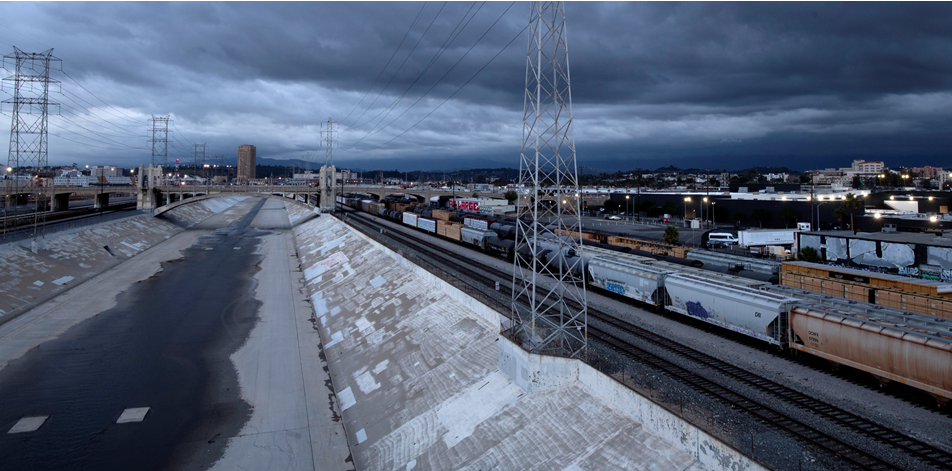We are evaluating, at a high resolution, the social, economic, and environmental benefits, costs, and tradeoffs of different approaches to manage flood risk in Los Angeles County, California, including nature-based solutions (NBS). Management approaches to inform coastal decision making will be framed in terms of the social, economic, and environmental tradeoffs across response options and the geographic distribution of benefits, especially for underserved communities, empowering more equitable flood risk management.
Why We Care
Los Angeles County, home to 10 million people and a $712 billion annual economy, faces flood risks 20 times greater than suggested by federally defined floodplains, and Black, Hispanic, and disadvantaged populations are disproportionately exposed to these risks. There is a need for transformative flood infrastructure that simultaneously reduces flood risk, captures more stormwater, restores impaired ecosystems, and builds climate resilience across the region.
What We Are Doing
We will use a collaborative project design that includes representatives from public works, state agencies, environmental groups, and community groups.
In this first phase of the project, we will co-create three county-wide flood risk adaptation strategies: (a) raising levees, (b) widening channels, and (c) capturing stormwater, whereby options (b) and (c) will leverage NBS with floodplain restoration and parks/green spaces distributed across the county, respectively, while option (a) will not. We will then apply the Parallel Raster Inundation Model (PRIMo) to simulate future flood hazards and risks under each strategy, using PRIMo output and additional tools to characterize the benefits, costs, and tradeoffs with respect to social, economic, and ecological goals.
In the second phase of the project, we will re-engage project stakeholders to discuss the tradeoffs across these adaptation strategies and to refine the process by which we evaluate the benefits and costs. We will also facilitate discussion about future opportunities to integrate elements of options (a), (b), and (c) into municipal and county adaptation plans.

Benefits of Our Work
This work will identify the benefits and costs of flood risk adaptation alternatives, including nature-based solutions (NBS), for the region. Further, the work will reveal the potential to simultaneously achieve social, economic, and ecological benefits in the distribution of benefits across geographies and indicators of socioeconomic disadvantage.
Engagement and outreach efforts will support community awareness of flood risks, strengthened by access to interactive flood maps; build capacity among small governments and historically marginalized groups to use available state and federal resources for flood management and habitat restoration; and enhance understanding about alignment between flood risk adaptation and habitat restoration needs across scales of governance, including relevant regulatory agencies.
This project is led by Dr. Brett Sanders at the University of California, Irvine, in collaboration with Dr. Katharine Mach at the University of Miami, and is funded through the NCCOS Effects of Sea Level Rise (ESLR) Program. Project partners include the Los Angeles County Department of Public Works, the California Department of Water Resources Floodplain Management Branch, the California State Coastal Conservancy, the California Coastal Commission, and the Los Angeles Regional Collaborative for Climate Action and Sustainability.
